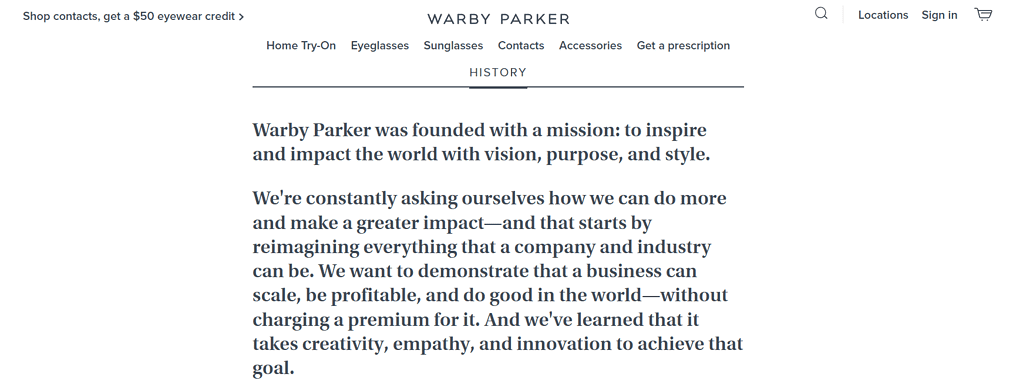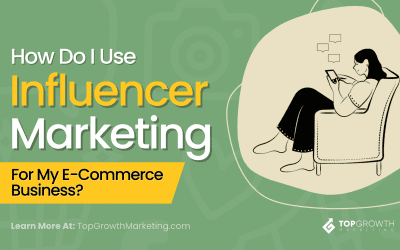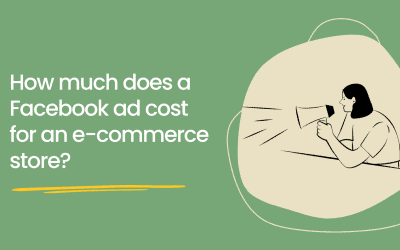In this deep dive into one of our podcast episodes from Blitz Growth, we’ll take a look at some of the strategies from one of our best guests to date, Chris Out.
Chris Out is a distinguished growth hacking guru known for his success in scaling businesses, and shared valuable insights from his extensive experience.
The question is, can these insights be applied to the e-commerce landscape? The answer is a resounding yes! Here are some transformative lessons that can redefine your approach to e-commerce marketing:
1. Unearthing the ‘Hidden Gold’: Business Opportunities and Customer Retention
Think of your e-commerce business as a gold mine. The real growth lies in exploiting overlooked opportunities—untapped niches, potential demographics, and so on. Businesses often fail to fully leverage assets they already possess, leaving a wealth of potential untapped.
Out underscores the importance of recognizing the value in often-neglected areas of business, such as existing customers. In the e-commerce world, customer retention is crucial and often super neglected—it’s less expensive than acquiring new customers and leads to higher average order values.
For instance, the online fashion retailer ASOS has a robust customer retention strategy. The company has implemented several tactics to attract and retain customers:
Premier Delivery: For a fee of £9.95, customers can enjoy next-day delivery throughout the year. This scheme also includes occasional discounts, early access to sales, and monthly magazine membership.
Wide Product and Brand Range: ASOS offers a wide variety of brands and products to cater to different customer preferences. This strategy has been effective in attracting and retaining customers who prefer to have all their desired products in one place.
Customer Care: ASOS places a high emphasis on customer care, offering a variety of ways for customers to get in touch in case of any issues or queries. This includes a FAQ section on their website, an online chat for customized problems, and private messaging on social media.
The sheer amount of resources that these strategies require should give you an indication of how seriously the company takes customer retention. Learn from the best, and take the same approach in your business.
2. Harnessing the Power of Positioning
Positioning is about creating a unique space for your online store in the minds of your customers, setting you apart from your competitors.
Chris highlights the strategy of creating a category where your business is the pioneer. This positioning strategy can help your e-commerce business secure a substantial market share. Starting with a specific niche can also lead to increased market dominance and room for growth over time.
Consider the case of Warby Parker, an online eyewear retailer. They positioned themselves as affordable, stylish, and socially conscious, distinguishing themselves from traditional eyewear brands. This unique positioning has helped them capture a significant market share.
To Warby Parker’s team, it was obvious that shopping for eyeglasses was often an intensely social experience. So, the company is positioned as a holistic lifestyle brand.
They tied up with fashion magazines, eyewear designers, and PR agencies to gain initial traction through word of mouth.
All their marketing efforts focused on showing how Warby Parker can help people figure out what kind of eyeglasses they ought to be looking for rather than just overwhelming them with choices.
3. Streamlining Business Operations through Proactive Selling and Automation
Efficiency is key for e-commerce store owners. Utilizing automation and intelligent tools allows you to concentrate on the core aspects of your business.
Out introduces the concept of ‘pre-selling’—selling what you’re yet to create, thereby directly gauging interest from your potential customers. This strategy can be implemented by offering pre-orders for new products on your e-commerce store.
Automating tasks like follow-up emails with interested customers, order processing, email marketing, and inventory management saves time and minimizes errors. Moreover, effective automation can help you easily collect customer data, enabling personalized marketing strategies that boost sales and enhance customer experience.
4. Building a Value-Based Pricing Model
Out emphasizes that understanding the value they offer to their customers is what sets successful companies apart.
This understanding should form the foundation of your pricing strategy.
Customers are willing to pay for products that meet their needs and provide the value they seek.
By understanding the problem your product solves, the results it delivers, and the overall impact it has on your customer’s lives, you can create a pricing model that reflects its value, not just the cost of production.
Going back to Warby Parker, the company offers a huge value before you even spend any money with them in the form of their try-before-you-buy model.
Customers can order five frames, try them for five days, and only pay for the ones they keep. This gives customers the perception of receiving high value as they can choose the best frames for them without any risk.
Additionally, Warby Parker’s “Buy a Pair, Give a Pair” program adds social value to each purchase, as customers know that their purchase is contributing to a good cause.
5. Strategies for Customer Engagement and Consultations
Maintaining regular and effective communication with customers is key to customer retention. By analyzing customer feedback and opinions, e-commerce store owners can discover solutions to pressing issues and implement necessary improvements.
One way to achieve this could be by offering ‘Consultation’ as a service.
It’s not immediately clear how that would apply to many e-commerce businesses. However, you can always figure out how to engage customers better in any enterprise.
It can be something as simple as a hand-written thank you note added to customers’ orders.
E-commerce stores that sell complex technical products or high-value items like jewelry or customized furniture can offer expert consultation to customers for a fee or as part of the purchase.
In Conclusion – Strategies for Serious Growth
By focusing on customer engagement, business positioning, pre-selling, enhanced customer consultation, and automation, e-commerce entrepreneurs can boost sales and revenue while creating a unique brand that customers value and trust.
Remember, growth isn’t just about flashy marketing tactics; it’s about consistently meeting customer needs and maximizing your business’s potential.








0 Comments